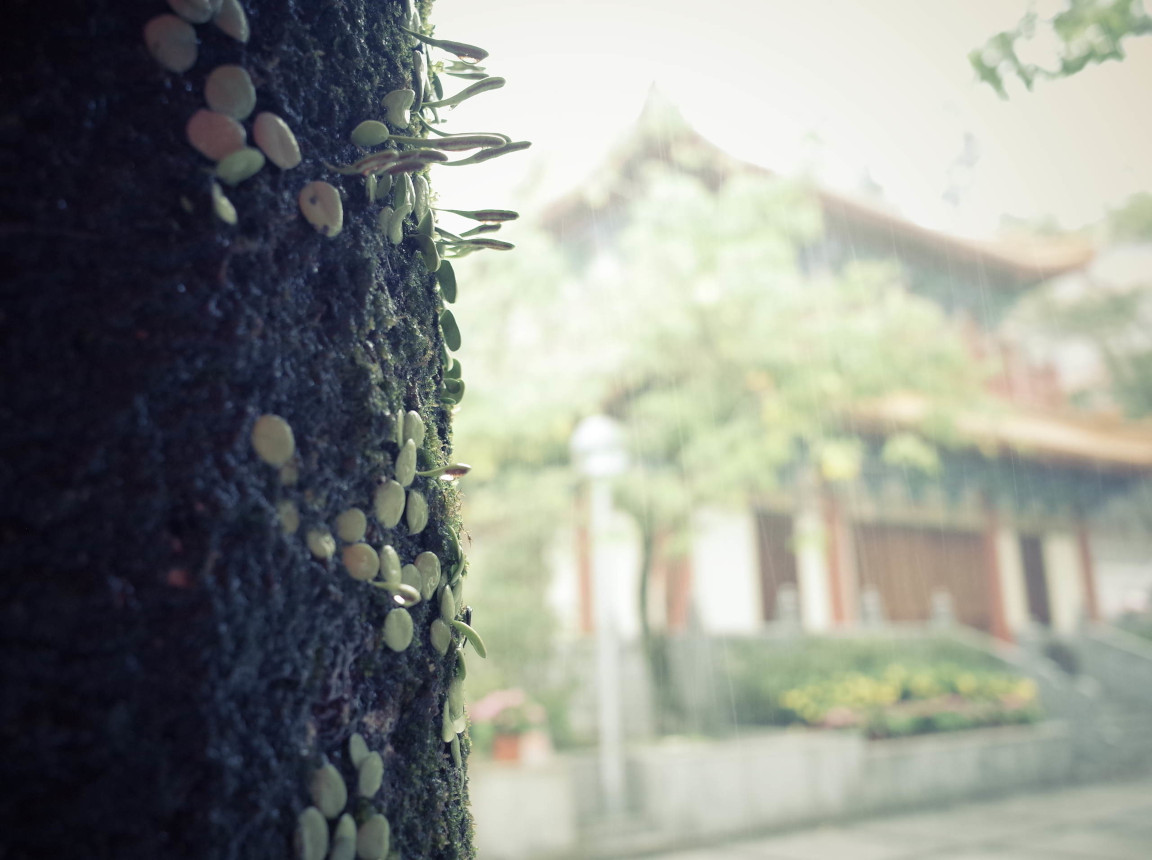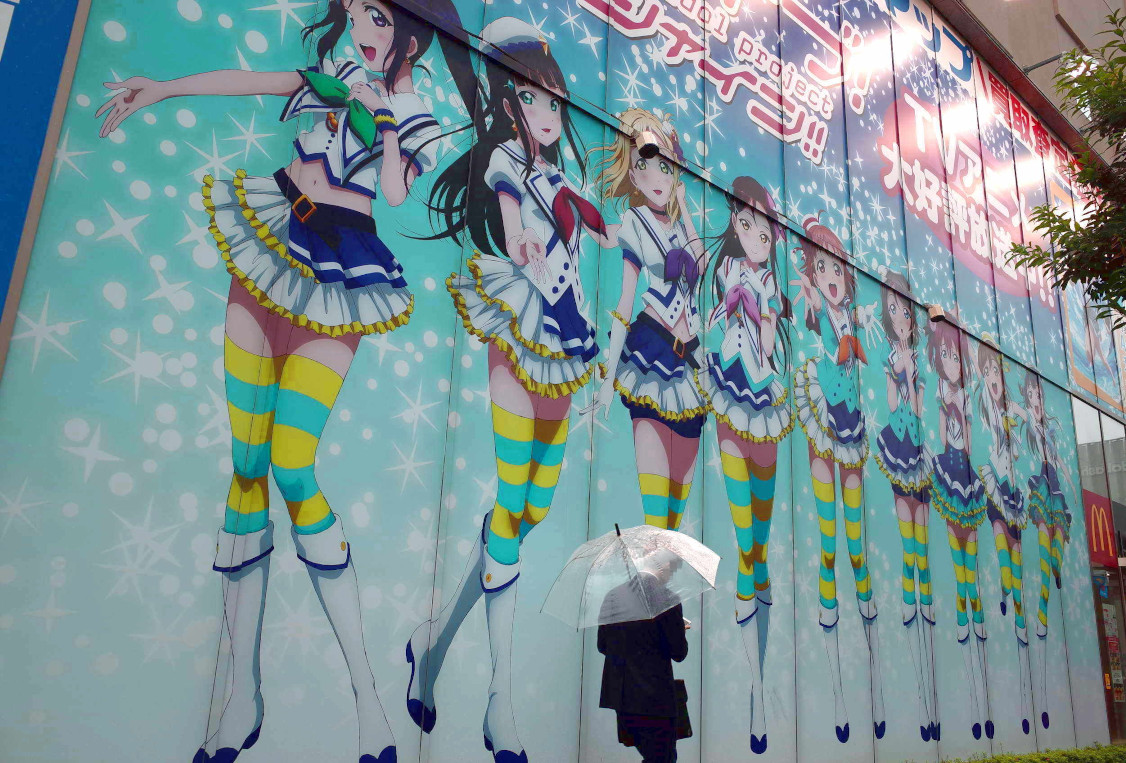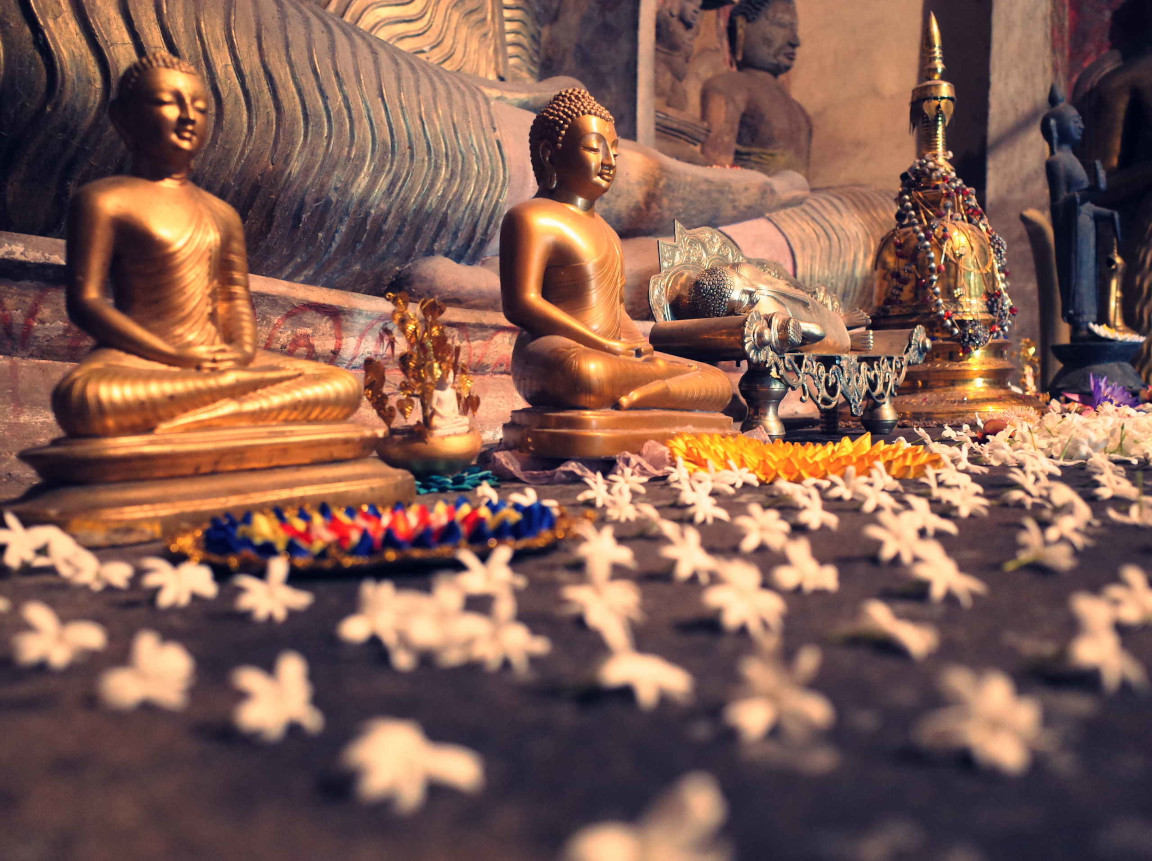👉 Italiano

Kamakura Steps
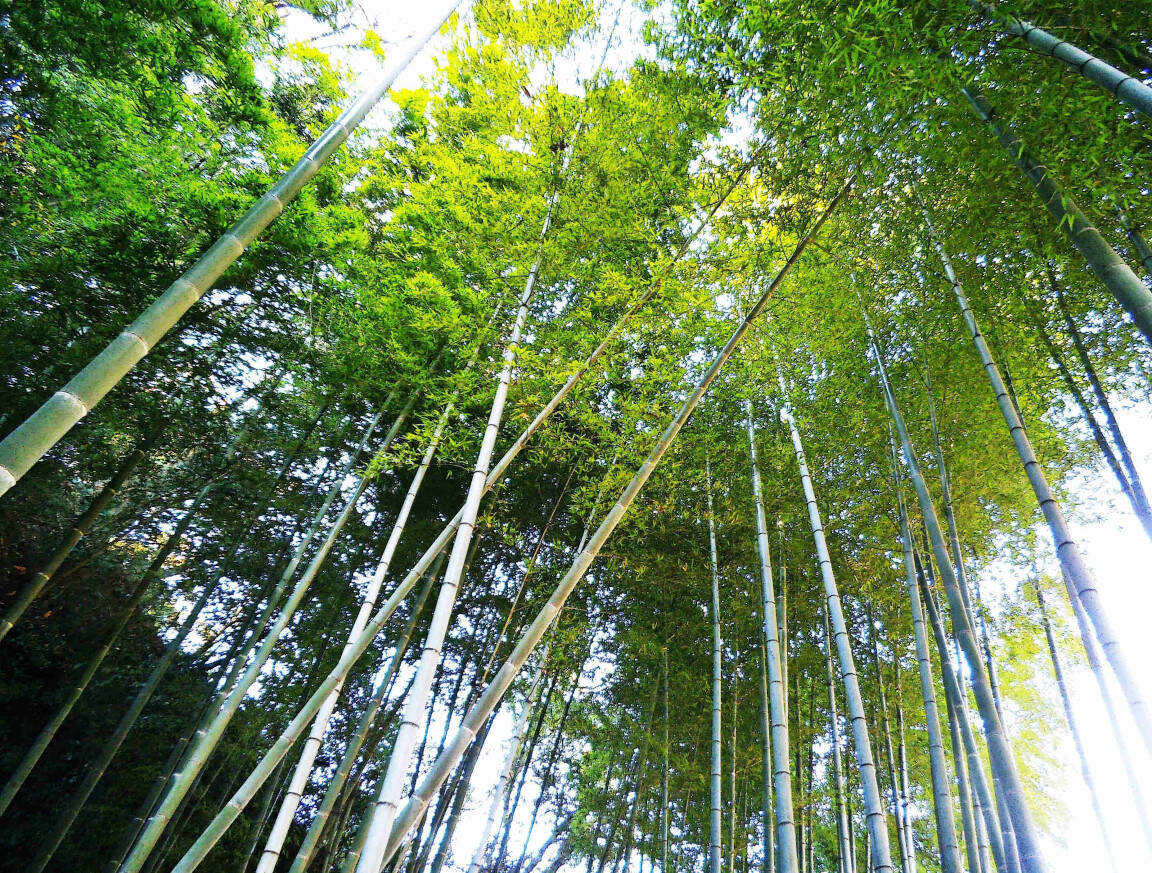
“Daijoubu desu ka?” (Are you alright?) I will regret all my life not having asked this.
A few years ago I was solo strayidling in Kamakura, Japan. People well acquainted with me know there are only two places I can call home. Immediately after them, Japan has its special spot in my soul: this country is firmly connected to my youth dreams and, partly, also to my upbringing. I’ve been watching Japanese anime throughout my whole childhood (and I keep watching them), for sure I got some cultural influence. It wasn’t my first time in Japan, but it was the first one I was traveling solo there. So you all can imagine how curious and perceptive I was at that time.
Kamakura is a fine city, reachable as an excursion from Tokyo. And that’s what I did that day. On a sunny and quite warm day, even if it was December, I took the Enoden Line, passed close to the seaside and enjoyed the whole trip towards the city. Then I started rambling around, visiting the numerous shrines, the monumental bronze Buddha statue, and admiring the late autumn colors, which gave vibrancy to the whole picture.
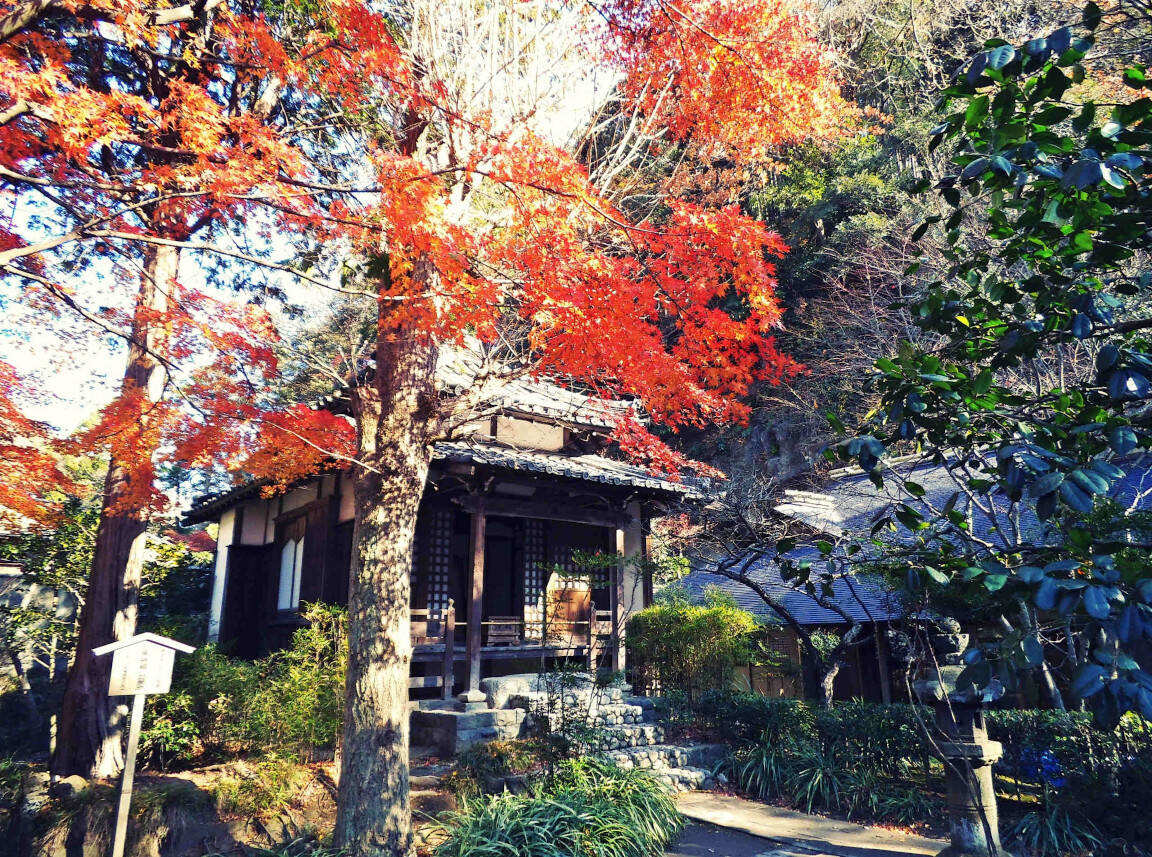
But if you came here to know more about Kamakura‘s main attractions, I’m sorry to inform you that this is not the right place.
Sitting almost at the bottom of the stairs, a highschool girl was crying. She wasn’t loud, but her tears were already covering both of her cheeks. She didn’t even notice me, but I couldn’t help stopping for a few seconds and staring at her. Usually, I would not define myself as a very empathic person, but at that instant a mixture of emotions and feelings suddenly reached me. Please just imagine this picture. Typical Japanese stairs, the red and brown nuances of a Japanese fall, a girl in high-school uniform, her tears, her sadness under the sun, a close train station crowded with people, showing that the everyday life was still going on anyway. A display full of Japan, in all its might, excavating through my memories, my expectations, my reveries. It overwhelmed me.
In such a moment, there was only one thing I should have done, approaching the girl and asking her: “Daijoubu desu ka?” (Are you alright?)
I didn’t. Maybe because my Japanese is very basic and I wouldn’t have been able to keep the conversation progressing, maybe because I’m just more coward than I like to admit. I regret it now, even if a few years have passed. Every time I bump into some steep, antique stairs, my mind goes to that girl.
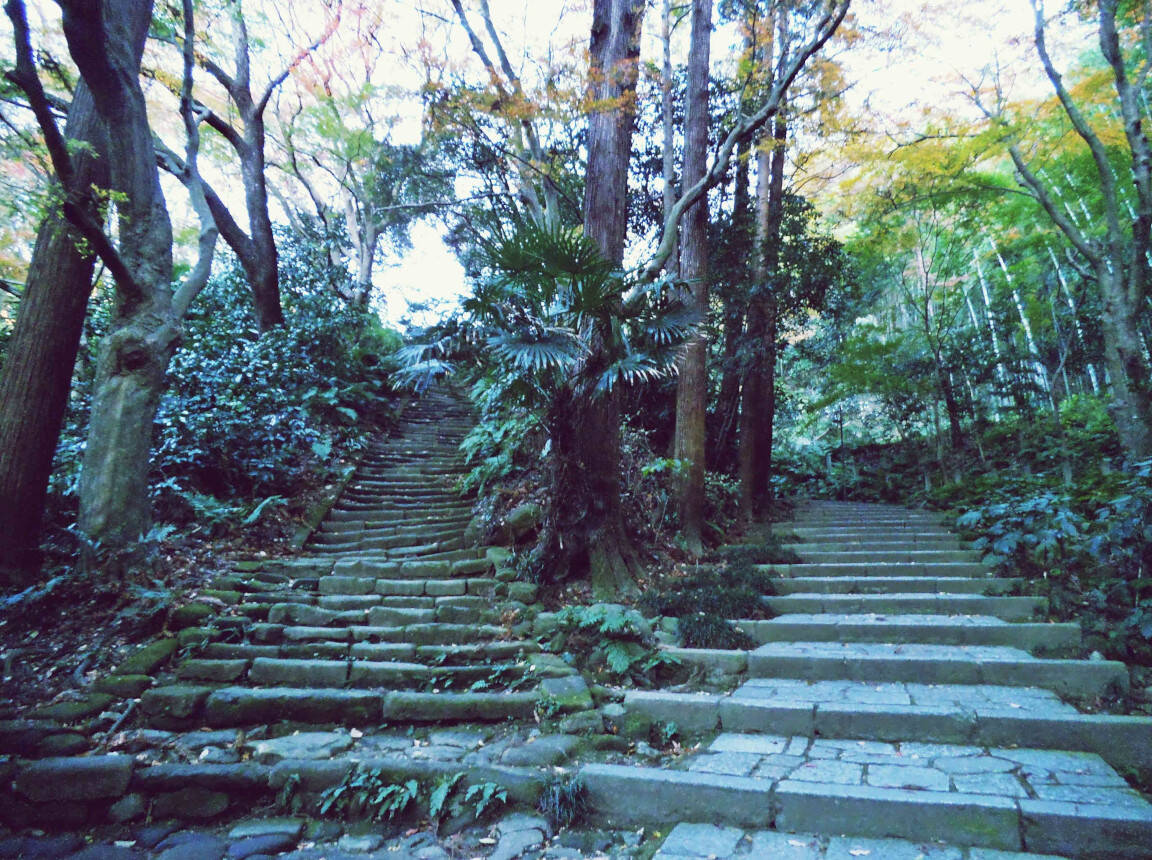
Sitting almost at the bottom of the stairs, a highschool girl was crying. She wasn’t loud, but her tears were already covering both of her cheeks. She didn’t even notice me, but I couldn’t help stopping for a few seconds and staring at her. Usually, I would not define myself as a very empathic person, but at that instant a mixture of emotions and feelings suddenly reached me. Please just imagine this picture. Typical Japanese stairs, the red and brown nuances of a Japanese fall, a girl in high-school uniform, her tears, her sadness under the sun, a close train station crowded with people, showing that the everyday life was still going on anyway. A display full of Japan, in all its might, excavating through my memories, my expectations, my reveries. It overwhelmed me.
In such a moment, there was only one thing I should have done, approaching the girl and asking her: “Daijoubu desu ka?” (Are you alright?)
I didn’t. Maybe because my Japanese is very basic and I wouldn’t have been able to keep the conversation progressing, maybe because I’m just more coward than I like to admit. I regret it now, even if a few years have passed. Every time I bump into some steep, antique stairs, my mind goes to that girl.
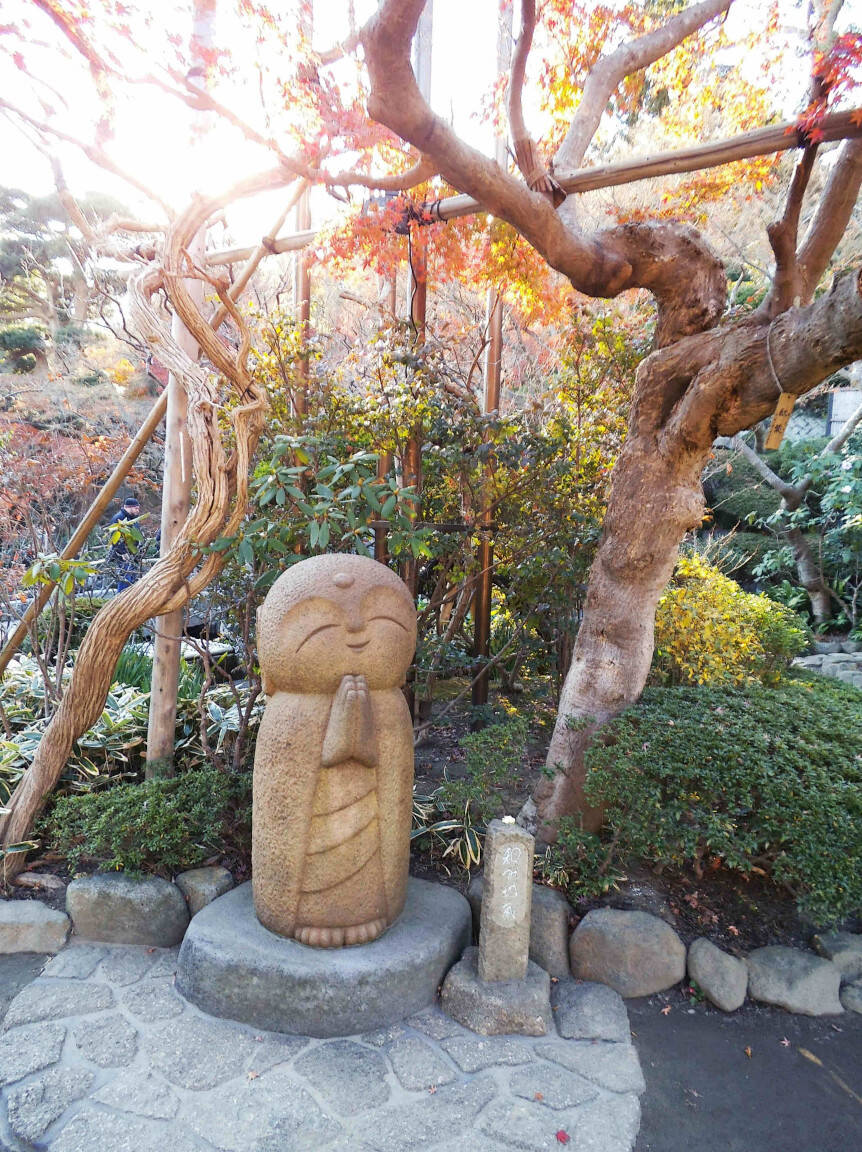
Sometimes I try to depict to myself her life today. I imagine a girl in her prime, in her best university years. If I met her again, I’d probably wouldn’t be able to recognize her. All this time I assumed that she felt brokenhearted when I came across her: it’s the easiest (and maybe wrong) guess when you think about a girl in her adolescence.
I still fantasize about having another chance to ask her “Are you alright? How is your life now? Please tell this old onisan (elder brother). Or call me young ojisan (uncle), if you prefer.” Then I would probably take her for a walk in Odaiba (Tokyo), treat her to a matcha ice cream and ask her if she’s happy with her current life. “Imouto (little sister), did you manage to climb that stair? What did you find at the top? A mystical shrine to protect you? Or a peaceful bamboo forest to let rest your mind for a while?” Whatever it is, I hope your youth is flowing radiantly. And I’d love to witness it one day, maybe as a passerby brushing against a splendid and confident Japanese woman. Finally giving her his late and unaware “Sumimasen” (I’m sorry).
Some additional information:
Kamakura is located 60km south from Tokyo. Usually, tourists get to Kamakura from Tokyo by train.
There are two different options:
- Japan Railway trains, quicker but more expensive way to reach Kamakura. If you bought already a JR pass, you can use it for these trains.
- Odakyu Railway , slower, but cheaper option, as you can buy a day Kamakura Pass (like I did). The route is not direct and you need to change train at Fujisawa train station. However, this line offers a much more scenic view, as it passes through Enoshima and close to the sea.
What to see in Kamakura:
besides the Daibutsu (Big Buddha statue), Kamakura is famous for its many temples and shrines. It’s not difficult to walk around, but there are also local buses to reach the most distant sites.
Other interesting sites around Kamakura:
- as mentioned, you can easily go to Enoshima, a small island connected by a bridge.
- if you’re an anime fan, like I am, you can get off at Kamakurakoko-Mae station on the Enoden line. The location is mainly famous for being represented in the anime/manga Slam Dunk, but it appeared in other works too.
- getting back to Tokyo with the JR line, if you want, you can stop at Yokohama station, which is along the route.
You might also like:
